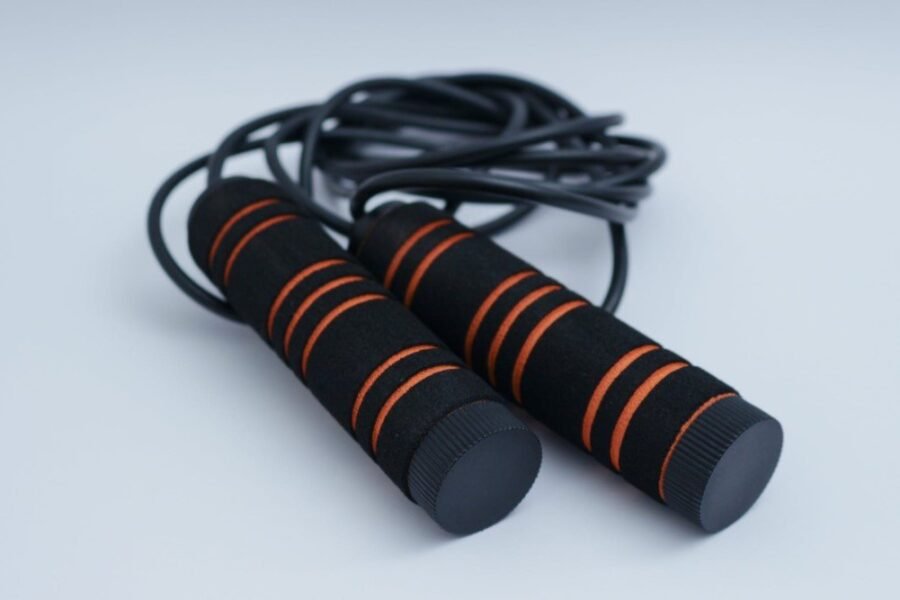Have you noticed ugly, circular brown spots appearing on your lawn? This is likely brown patch fungus, a common disease that thrives in warm, humid weather. It can quickly turn a beautiful green lawn into a patchy, unhealthy mess. Fortunately, by correctly identifying the problem and taking the right steps, you can effectively treat brown patch and implement preventative measures to keep your grass healthy and vibrant all season long.
How to Correctly Identify Brown Patch Fungus
The first step in any treatment plan is a correct diagnosis. Misidentifying the issue can lead to using the wrong products and wasting time while the fungus continues to spread.
Brown patch, caused by the fungus Rhizoctonia solani, has very distinct symptoms. Look for roughly circular patches of brown, tan, or yellowing grass that can range from a few inches to several feet in diameter. A key identifier is often a dark, grayish-purple ring, sometimes called a “smoke ring,” around the outer edge of the patch. This ring is most visible in the early morning when there is dew on the grass.
It’s easy to confuse brown patch with other lawn problems. Drought stress causes widespread, uniform browning, not distinct circles. Grub damage results in irregularly shaped patches where the turf can be easily pulled back like a carpet. By carefully observing the shape of the patches and looking for the characteristic smoke ring, you can confidently identify brown patch fungus.
Key Preventive Measures for a Healthy Lawn
Prevention is always better than cure. By adopting proper lawn care habits, you can create an environment where brown patch fungus struggles to survive. Good cultural practices are your first line of defense against this disease.
Watering correctly is one of the most critical factors. Instead of light, frequent watering, you should water your lawn deeply but infrequently. This encourages deep root growth. Most importantly, always water in the early morning. This gives the grass blades the entire day to dry out, as prolonged moisture, especially overnight, creates the perfect breeding ground for fungus.
Proper mowing also plays a significant role.
- Mowing Height: Keep your grass at a height of 2.5 to 3 inches. Taller grass has a stronger root system and is more resilient to disease.
- Sharp Blades: Always use a sharp mower blade. A dull blade tears the grass, creating ragged wounds that are easy entry points for fungal diseases.
- Clippings: Lightly mulching clippings can return nutrients to the soil, but if you have a thick layer, it’s better to bag them to avoid trapping moisture.
Finally, ensure your lawn has good drainage. Excessive thatch can act like a sponge, holding moisture against the grass. Dethatching and annual core aeration can significantly improve water and air circulation in the soil, making the environment less favorable for fungus.
The Role of Fertilization and Air Circulation
What you feed your lawn and the environment around it can either invite or discourage brown patch. Too much of a good thing, especially nitrogen, can fuel a fungal outbreak.
While fertilizer is essential for a healthy lawn, timing and type are crucial. Avoid applying high-nitrogen fertilizers during hot and humid weather, as this promotes lush, tender growth that is highly susceptible to brown patch. Opt for a balanced, slow-release fertilizer and follow the application schedule recommended for your grass type.
Improving air circulation across your lawn is another simple yet effective preventative step. Trim overhanging tree branches and overgrown shrubs that cast dense shade and block airflow. Poor circulation traps humidity at the grass level, which is exactly what brown patch needs to thrive. More sunlight and better airflow help the lawn dry out faster after rain or watering.
Effective Treatment Options for Brown Patch
If brown patch has already appeared on your lawn, you need to act quickly to control the spread and help your grass recover. Your treatment can range from natural, cultural adjustments to the application of chemical fungicides, depending on the severity of the infection.
For minor cases, adjusting your cultural practices can sometimes be enough. Immediately stop all fertilization and reduce watering frequency. Ensure you are only watering early in the morning. Rake the affected areas lightly to break up any fungal mycelium and improve air circulation within the patch.
In more severe or persistent cases, fungicides may be necessary. Fungicides work best when applied as a preventative measure or at the very first sign of disease. They are less effective at “curing” grass that is already dead but can stop the fungus from spreading to healthy turf.
Choosing and Applying the Right Fungicide
When cultural practices aren’t enough, a targeted fungicide application is the next step. Not all fungicides are the same, so it’s important to choose one that is effective against Rhizoctonia solani.
Look for products containing active ingredients specifically labeled for brown patch control. These are widely available at garden centers and home improvement stores.
| Active Ingredient | Type | Application Notes |
|---|---|---|
| Azoxystrobin | Systemic | Absorbed by the plant, providing longer protection. Good for prevention and early treatment. |
| Propiconazole | Systemic | Effective against a wide range of diseases. Often works best when applied preventatively. |
| Thiophanate-Methyl | Systemic | Good curative action and can stop the disease from progressing if caught early. |
When applying any fungicide, it is crucial to follow the instructions on the label precisely. Always wear appropriate protective gear, such as gloves and safety glasses, during application. Apply the product evenly over the affected areas and, if instructed, water it in to help it reach the root zone. Avoid applying on windy days to prevent drift.
Long-Term Lawn Recovery and Maintenance
Once you have the brown patch under control, the focus shifts to helping your lawn recover and preventing the disease from returning. Healthy, dense turf is the best long-term defense against any lawn disease.
The grass within the patches may recover on its own if the crowns were not killed. You can encourage this recovery by continuing proper watering, mowing, and aeration practices. However, in severely damaged areas, the grass may be completely dead.
For these spots, you will need to reseed. Rake the dead grass out of the patch, loosen the top layer of soil, and apply a high-quality grass seed appropriate for your region and sun exposure. Lightly cover the seed with topsoil or compost and keep the area consistently moist until the new grass is established. Continuing a proactive lawn care program is the key to preventing future outbreaks.
Frequently Asked Questions about Brown Patch Fungus
What causes brown patch fungus on a lawn?
Brown patch is caused by the fungus Rhizoctonia solani. It thrives in hot, humid conditions, typically when daytime temperatures are above 85°F and nighttime temperatures stay above 68°F, especially with prolonged moisture on the grass blades.
Will dead grass from brown patch grow back?
If the fungus only infected the blades of grass, the crown and roots may still be alive, and the grass can recover. However, if the disease was severe and killed the entire plant, you will need to rake out the dead material and reseed the area.
How can I tell the difference between brown patch and dog urine spots?
Dog urine spots are typically smaller and have a very distinct, dark green ring around a dead, brown center caused by concentrated nitrogen. Brown patch circles are generally larger and often have a grayish “smoke ring” rather than a vibrant green one.
Can I water my lawn if it has brown patch fungus?
Yes, your lawn still needs water, but your timing is critical. Water only in the early morning between 4 a.m. and 10 a.m. This allows the grass blades to dry completely during the day, reducing the moisture that the fungus needs to spread.
When is the best time to apply fungicide for brown patch?
The most effective time to apply fungicide is preventatively, before the disease appears, especially if you know your lawn is susceptible and weather conditions are right. If treating an active infection, apply it at the very first sign of the disease for the best results.





Leave a Comment